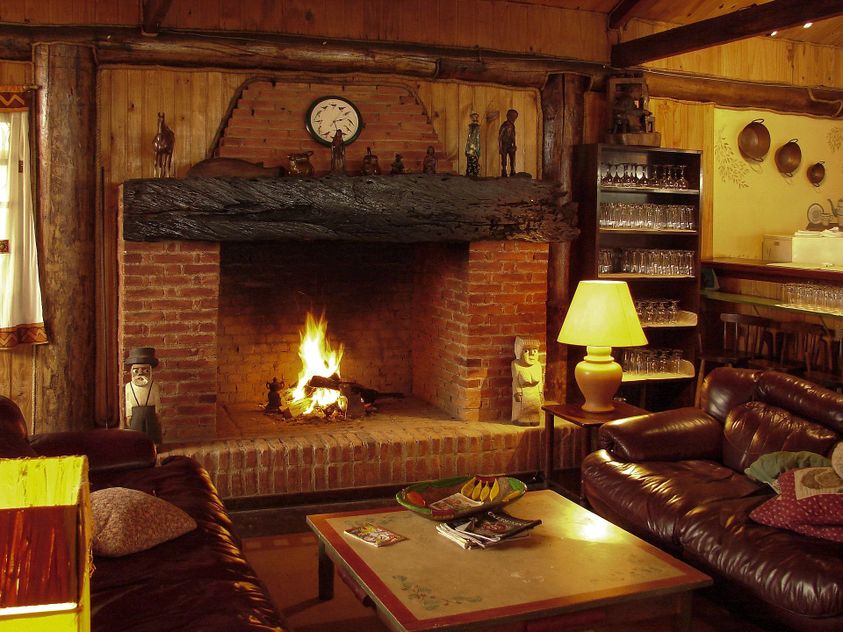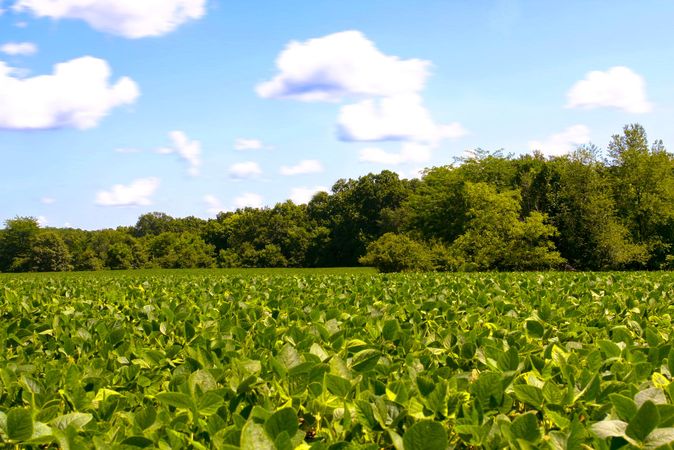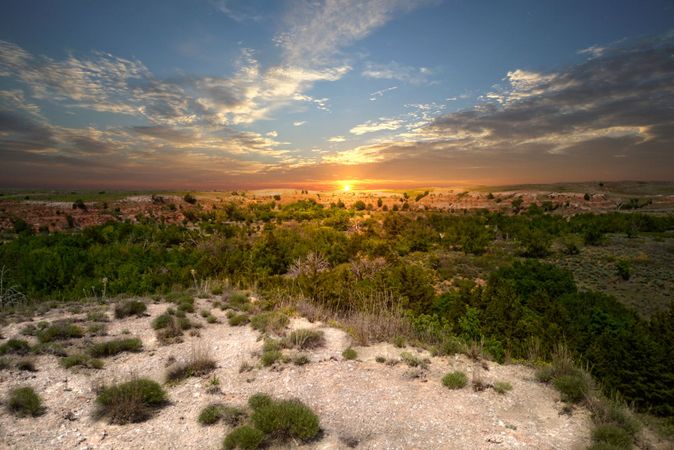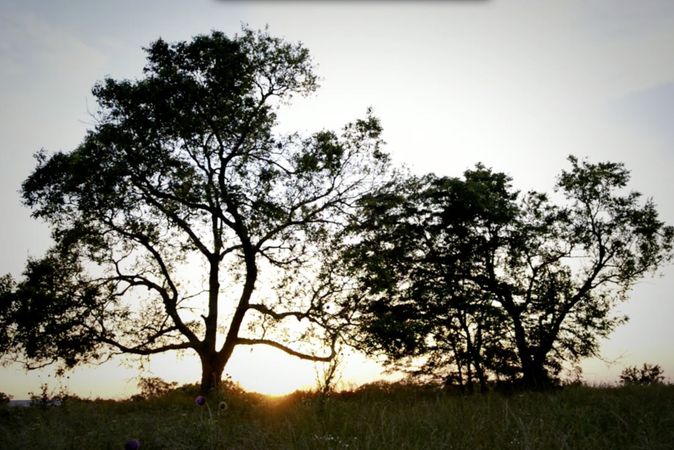After deciding you’d like to own a ranch or farm, saving the necessary funds, finding the perfect spot and finally closing the deal, then you can start thinking about what kind of structure you might build on the property. Perhaps it’ll be a grand home that’ll play host to a growing family for generations to come. Or maybe a concrete slab with four walls will suit you just fine.
Whatever your druthers, a great fireplace has to be part of the plan. What better way to spend a cold winter day, snow and ice spitting outside, than beside a roaring fire with a good book and neat pour? A fire warms you physically and mentally after being out in the winter elements.
“She’ll Smoke”
Those were the words of the mason who built the fireplace and chimney of our little farmhouse. He wasn’t keen on explaining just what “she’ll smoke” meant exactly other than wood would burn as it’s supposed to once lit. He was right. That fireplace draws and puts out heat like I’ve never seen. In fact, years later, 12 to be exact, the gentleman who came out to clean the chimney said that maybe one in 50 are built as expertly. It’s fortunate really. Because trust me, she smokes!
Maintenance
This aspect of owning a chimney and fireplace with a house built around it shouldn’t have to be stressed. But it is. This is something that is so easy to overlook and the neglect can be catastrophic. Recently, a neighbor paid the price.
He’d just come in from an evening of deer hunting. He stoked the fire and added two big logs to quickly heat the living room of his cabin. A few minutes later, while he was in the kitchen fixing dinner, getting ready to settle into a relaxing evening, he heard a whooshing sound that sounded like it was coming from the roof.
He walked outside to discover that the chimney’s interior had caught fire. The carbon build-up ignited and got so hot it had already burned through the cement of the chimney and was shooting out toward the roof, which quickly ignited, like a flame thrower. The old cabin didn’t take long to burn to the ground.
The neighbor was able to run back inside and save his deer rifle before the ceiling caved in. The fire also burned down a shed next to the cabin. He lost everything because the chimney hadn’t been cleaned in who knows how long.
Wood
Burn the right wood. Be selective about what you cut or buy. Wet, moldy wood will cause all sorts of problems from using too many bottles of lighter fluid in order to start a fire to causing a more frequent maintenance schedule. It will also emit a foul smell out into the house.
A good pile of dry wood will keep your fireplace roaring through the winter.
Some of the best woods to burn are red and white oak, ash and hickory. If you’re buying wood, ask. If you’re cutting wood, find out what is what. One of the best practices for cutting your own firewood is to let a tree lie for about a year to let it dry out and season. And if there’s any advice we can give for the DIY firewood gatherer, get a wood splitter. It’ll be the best decision you’ve ever made for your ranch or farm.







